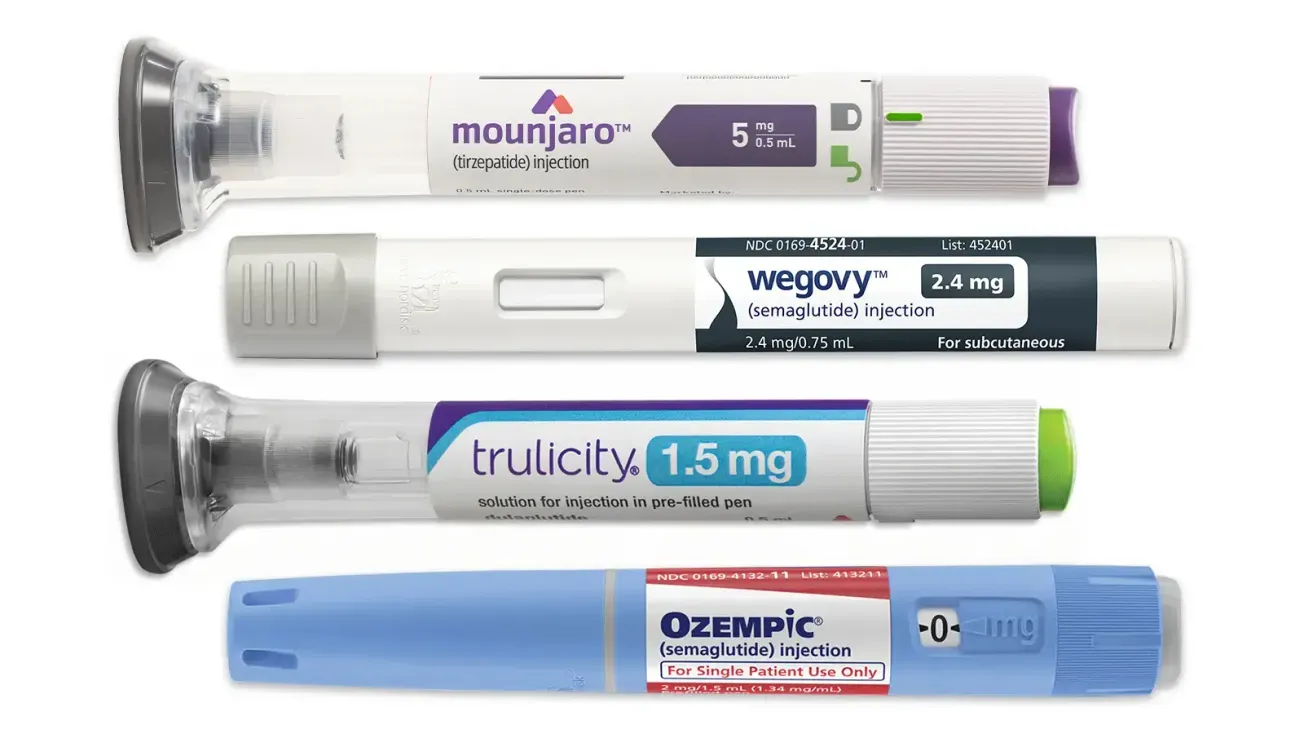NEW YORK — Rising demand for GLP-1 weight-loss drugs is prompting more large U.S. employers to scale back health benefits in 2026, as cost pressures mount across the healthcare system, according to a new Mercer survey released Wednesday.
Among employers with 500 or more workers, 51% plan to increase cost-sharing next year, including higher deductibles and out-of-pocket maximums, up from 45% who planned increases for 2025. The shift comes as 77% of employers now identify the cost of weight-loss medications, including Novo Nordisk’s Wegovy and Eli Lilly’s Zepbound, as a top concern.
“Some employers facing big cost increases in 2026 may feel this coverage is out of reach,” said Alysha Fluno, pharmacy innovation leader at Mercer, speaking to Reuters. She noted that while GLP-1s were initially seen as a long-term strategy for reducing chronic disease costs, their price has led many organizations to reconsider coverage.
Wegovy and Zepbound list at over $1,000 per month, though negotiated discounts often reduce patient costs. Prescription drug spending overall increased by 8% last year, with Mercer projecting a 5.8% rise in total health benefit costs for 2025, adding to the pressures on employers already managing higher healthcare premiums.
The survey also found growing dissatisfaction with traditional pharmacy benefit managers (PBMs), with 34% of employers considering a switch to alternative PBM models and 40% evaluating new contracting strategies, including drug pricing tied to wholesale pharmacy costs. These moves follow regulatory scrutiny of PBMs over concerns that opaque pricing practices inflate costs for payers and patients.
In a sign of shifting strategies, CalPERS, the second-largest public purchaser of health benefits in the U.S., announced it will replace Optum Rx with CVS Caremark in 2026 under a five-year agreement requiring enhanced transparency and oversight.
As employers reevaluate benefit design in the face of rapidly rising costs for weight-loss drugs, the findings highlight a critical inflection point for coverage decisions, with implications for access, affordability, and long-term health outcomes across the U.S. workforce.









